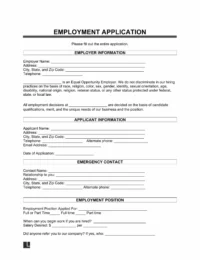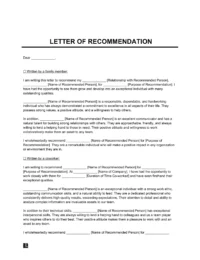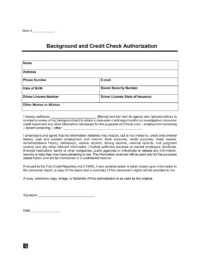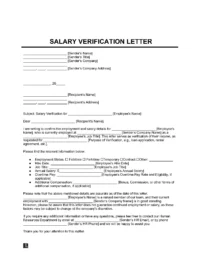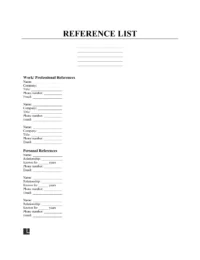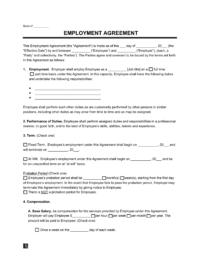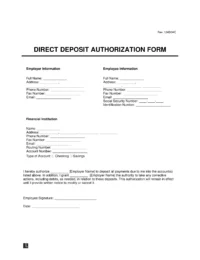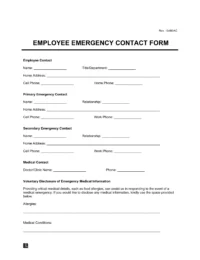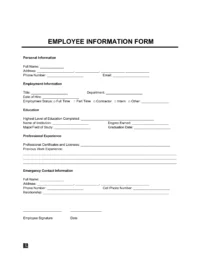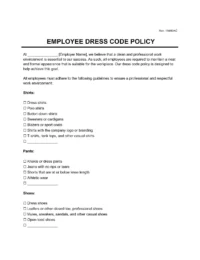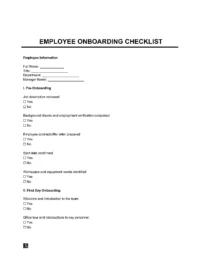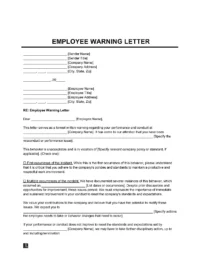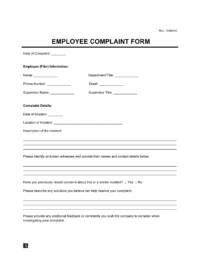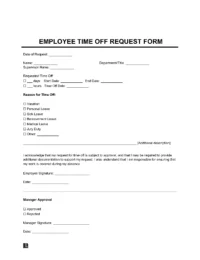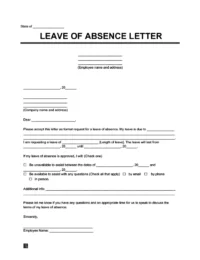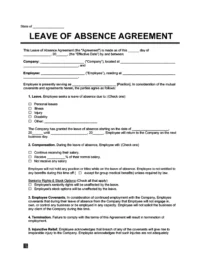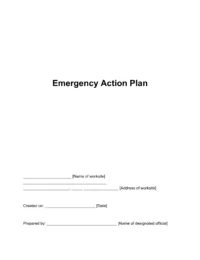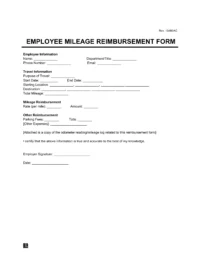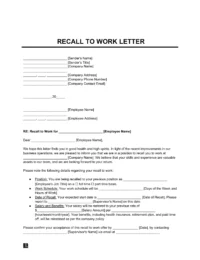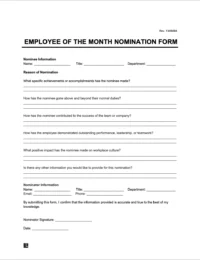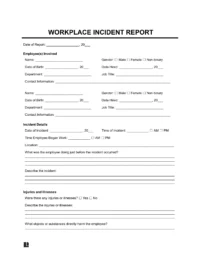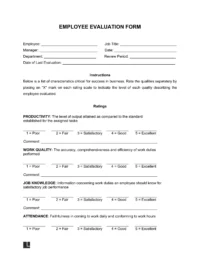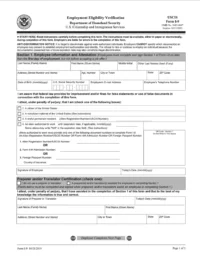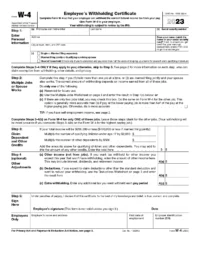Employee forms are used in every aspect of a relationship between an employee and an employer. Typical uses include agreeing on the terms of service, the policies both parties will adhere to, and the general administration of hiring employees.
Below, you can access a wide array of employee templates, from performance evaluations to onboarding checklists and leave requests, designed to help streamline HR processes and ease the running of your business and hiring employees.
Each template is customizable, allowing for alignment with company-specific policies. Elevate efficiency and regulatory compliance within your HR workflow through our selection of ready-to-use forms.
Pre-Employment
Employment Application
Efficiently search for suitable candidates to interview and hire at your place of business.
Letter of Recommendation
Positive endorsement for a candidate by a former employer or colleague.
Background Check
Get permission to obtain and review the background and credit check of a potential employee
Salary Verification Letter
Used to confirm the income of an employee.
Reference List
List of contacts who can vouch for the candidate's qualifications and work ethic.
Hiring & Onboarding
Job Offer Letter
Formal offer of employment with details like salary and benefits.
Employment Contract
Legally binding agreement outlining the terms of employment.
Direct Deposit Authorization
Allows salary to be electronically deposited into an employee's bank account.
Emergency Contact
Details about who to contact in case of an emergency with the employee.
Employee Information
Captures personal and employment details of the new hire.
Company Policies
Confirmation that the employee has read and understood company policies.
Onboarding Checklist
A list of tasks to be completed during the new hire's first days/weeks.
Employee Management
Employee Write-Up Forms
Document an employee’s performance, whether for disciplinary action or to praise their work.
Employee Complaint Form
Serve as a tool for human resources (HR) departments to make informed decisions about preventing harassment and illicit activity.
Time-Off Request
Describe your need and create a formal written record of your time-off request.
Leave of Absence Letter
Write to your supervisor to request a leave of absence from work in advance of your impending leave of absence.
Leave of Absence Agreement
Document the terms and conditions of an employee’s leave of absence from a business.
Emergency Action Plan
Outline the roles of everyone involved, including employees, managers, and employers and being prepared for an unexpected situation!
Employee Reimbursement
Report expenses paid on behalf of a company to receive reimbursement.
Employee Status Change
Furlough Letter
Notification that the employee is being placed on temporary leave without pay.
Recall to Work Letter
Informs a furloughed employee they are being called back to work.
Resignation Letter
Formal notification from the employee that they are quitting their job.
Exit Interview Form
Collect feedback from an employee who's leaving your company.
Recognition & Performance
Employee of the Month Nomination
Recognizes and rewards high-performing employees.
Workplace Incident Report
Documents work-related accidents or safety hazards.
Employee Evaluation
Formally review your employees’ performance.
Federal and State Forms
Form I-9 (Employment Eligibility Verification)
Verify a new employee’s identity and eligibility to work in the United States.
Form W-2 (Wage and Tax Statement)
Provide your employees with a record of their earnings and withholdings over the course of a tax year.
Form W-4 (Employee’s Withholding Certificate)
Ensure correct and legal withholding of taxes from each pay check.
Best Practices for Employee Forms
Effective employee forms management is crucial to an organization’s HR process. When optimized, it ensures regulatory compliance, facilitates onboarding, and streamlines operations.
Follow these best practices to manage your employee forms highly, efficiently, and effectively.
- Prioritise Form Filling: It’s crucial to prioritize the timely completion of employee forms. This includes everything from tax forms to personal data forms, emergency contact details, and job descriptions. Ensuring all forms are filled out promptly and accurately prevents potential legal hiccups and fosters a more organized work environment.
- Add Forms to Your Onboarding Checklist: Integrate them into your onboarding checklist to prevent employee form oversights. This guarantees that all necessary paperwork is completed during the new hire process — including essential documents such as an employment contract. It also allows clarifying questions, promoting a positive onboarding experience.
- Implement a Storage System: A robust storage system is crucial to effective employee form management. This system should be easy to access, secure, and organized to retrieve and update forms quickly. Furthermore, consider a system with backups to avoid data loss.
- Digitize as Much as Possible: The digital transformation has rendered physical paperwork almost obsolete. Digitize your forms to increase efficiency, reduce errors, and enhance security. Digital documents are easier to track, update, and store, making remote work more feasible.
- Conduct a Yearly Form Review: Conduct a comprehensive review of your forms annually. This helps keep them up-to-date with the latest regulations and requirements. It’s also an opportunity to reassess and streamline the form-filling process based on employee feedback and process efficiency.


